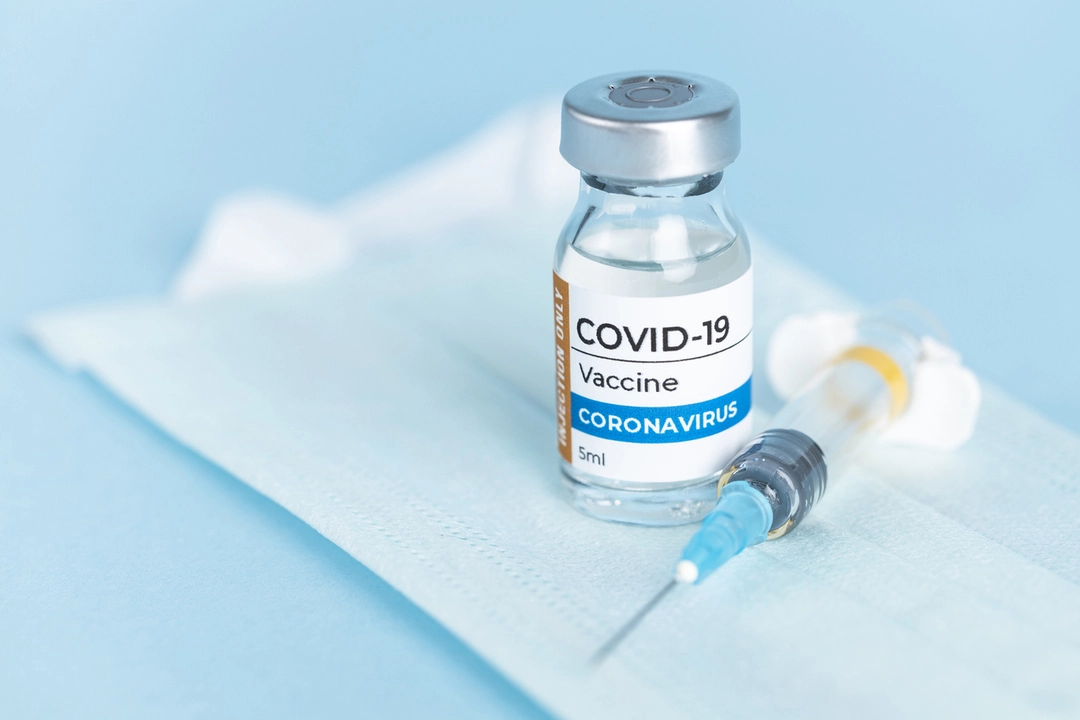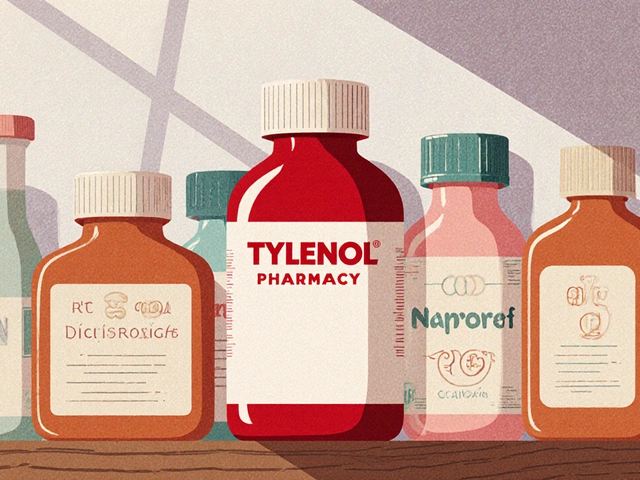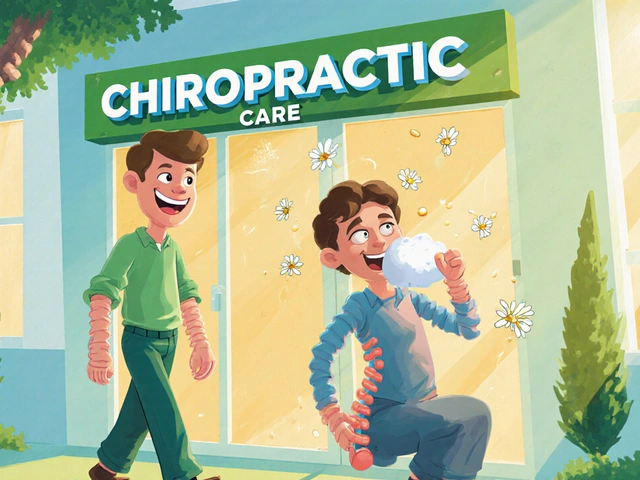Safety with Medicines: Practical Tips for Use, Interactions, and Buying Online
Worried about side effects, fake pills, or mixing drugs that shouldn’t mix? This page collects clear, usable advice so you can keep taking meds without surprises. Read one short checklist, learn how to spot risky interactions, and get safe online buying tips you can use today.
Quick safety checklist for daily use
Follow the prescription exactly — dose, timing, and whether to take with food matter. If the label says “take twice daily,” don’t guess. Keep an updated list of every medicine, vitamin, and supplement you use. Bring that list to every doctor and pharmacist visit so they can check for interactions.
Watch for red-flag symptoms: rash, swelling, trouble breathing, sudden dizziness, very high fever, or bright yellow skin/eyes. Those call for immediate medical help. For less urgent issues — unusual nausea, persistent headache, or new sleep problems — call your provider or pharmacist before stopping the drug.
Store medications as the label says: some need refrigeration, others must stay dry and cool. Keep all meds out of reach of children. Dispose of unused or expired drugs at a pharmacy take-back or follow local disposal rules — flushing is rarely a good idea.
Buying medicine online: how to avoid scams and fakes
Only use online pharmacies that require a prescription and show real contact info. If a site sells prescription antibiotics, ED pills, or controlled meds without asking for a prescription, that’s a red flag. Check for a visible license number, a real phone number, and a physical address.
Look for reviews outside the store’s site and search for complaints. Prices that look too good to be true often mean counterfeit or substandard products. Ask whether the pharmacy ships from licensed suppliers and whether they provide pharmacist consultations — a trustworthy seller will.
Be cautious about international shipments: customs rules vary and some countries allow medicines that aren’t approved where you live. That can affect safety and quality. If you try a new online source, order a small quantity first and inspect packaging, pill appearance, and insert leaflets.
Drug interactions aren’t just about mixing two pills. Foods and fruit juices can change how a drug works — grapefruit and some other citrus varieties can raise levels of certain meds and increase side effects. Use an interaction checker, and ask a pharmacist if unsure.
Special groups need extra caution: pregnant or breastfeeding people, seniors, children, and those with liver or kidney problems. Dose adjustments or different drugs are often necessary. If you fall into one of these groups, talk to your clinician before starting anything new — including supplements.
Final practical habit: keep a single, up-to-date place for med info — a note on your phone or a printed card. That makes every doctor visit safer and faster. Small habits prevent most medication problems; smart checks stop the rest.

Aluminium hydroxide in vaccines: understanding its purpose and safety
As a blogger, I've recently looked into the role of aluminium hydroxide in vaccines and its safety. This substance is commonly used as an adjuvant to enhance the immune response to a vaccine. It's been thoroughly tested and proven safe for use in vaccines, with minimal side effects. In fact, aluminium hydroxide has been used in vaccines since the 1930s, and a multitude of studies support its safety and effectiveness. In summary, aluminium hydroxide is a crucial component in many vaccines, ensuring their efficacy while maintaining a strong safety profile.
Read More




